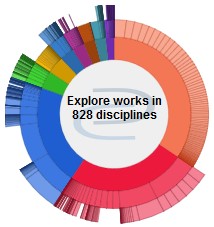Abstract
Sherril Paul moved to Cleveland at an early age and as she grew up began to volunteer leading walking tours around Cleveland's Playhouse Square theatres. In 1982 she bought Best Conventions, a company that did walking tours and bus tours around Cleveland. She raised money to buy Lolly the Trolley's and in 1985 Trolley Tours of Cleveland began. In this 2005 interview she describes the process of starting the company and what they do for the city now. She also recounts some of her favorite experiences running the tours. She also mentions the changes in the city and how that has affected the tours.
Loading...
Interviewee
Paul, Sherril (interviewee)
Interviewer
Kiehl, Nicole (interviewer)
Project
History 311
Date
11-21-2005
Document Type
Oral History
Duration
58 minutes
Recommended Citation
"Sherril Paul Interview, 2005" (2005). Cleveland Regional Oral History Collection. Interview 311011.
https://engagedscholarship.csuohio.edu/crohc000/192
Creative Commons License

This work is licensed under a Creative Commons Attribution-Noncommercial-Share Alike 3.0 License.

